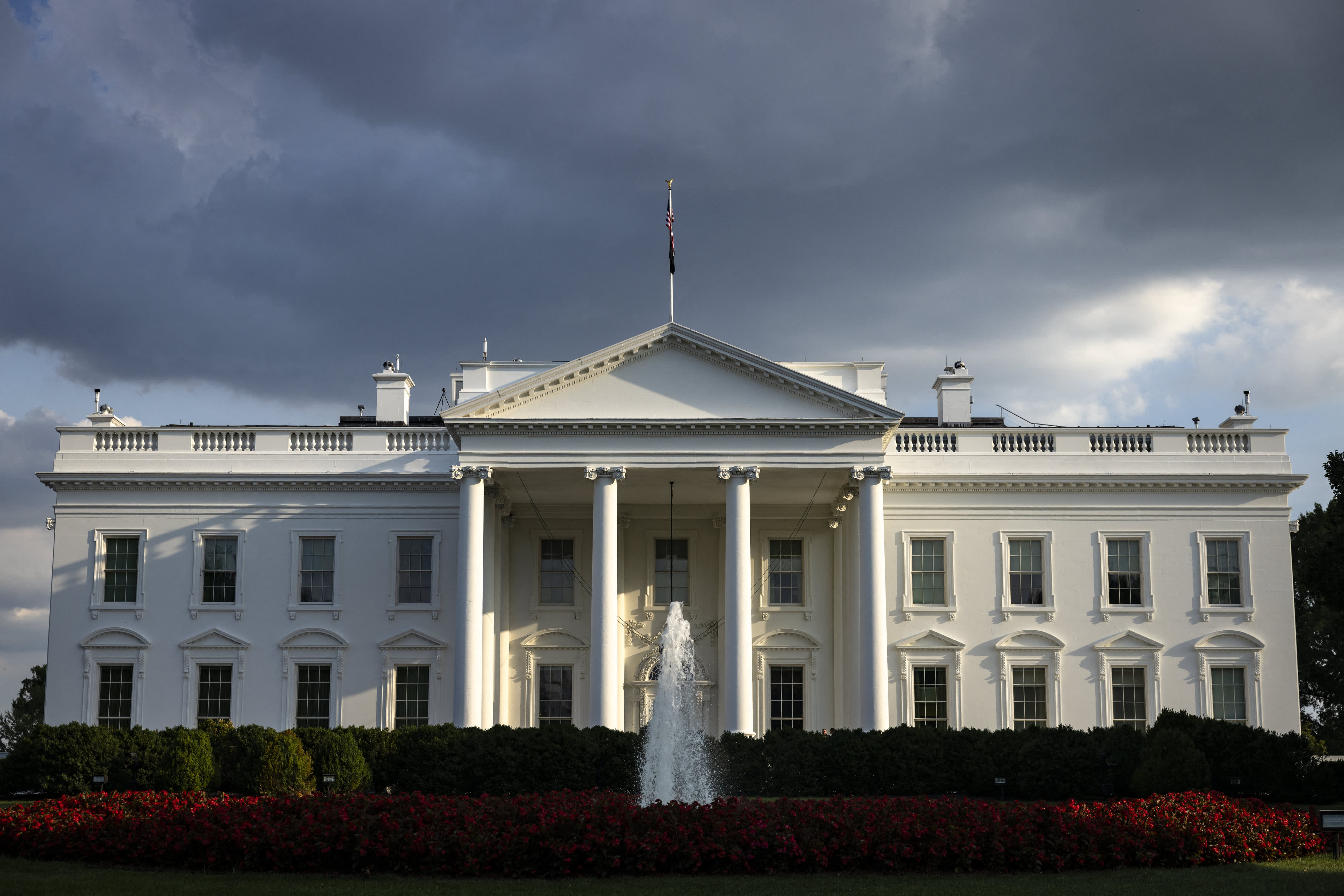
The White House is seen in Washington, DC, on July 21, 2024.
Samuel Corum | AFP | Getty Images
Given the enormity of the political upheaval we’ve seen recently, traders would be right to wonder how the markets and economy will perform in 2025 as a new administration takes over next January.
If only there were a handbook available to offer guidance in such an uncertain future. Given the polarity of the parties’ platforms, there are stark differences that are seemingly set in stone.
Such a book might be titled, “What to Expect When You’re Electing,” a primer for next year’s economy that is brimming with possibilities.
The book would compare the policy platforms and outline the consequent economic prospects for each. It would also cover the market’s likely behavior in the first year of a new presidential cycle, as well as the framework for tax and regulatory policies. This guide would depict the risk/reward potential for the macro economy and individual sectors.
Of course, things do not always turn out as planned.
Certainly, there are outside forces at play as well, from the composition of the new Congress to unanticipated events well outside the control of America’s domestic leadership.
A handbook for the election and the economy
If such a guide were available, here’s how it might look.
The GOP, under presidential candidate Donald Trump, could seek to extend the 2017 Tax Cuts and Jobs Act. They could also push to further reduce corporate taxes to 15% from the current 21%, while imposing tariffs on imports.
In addition, a second Trump administration could roll back a wide variety of Biden-era regulations, including clean energy incentives.
In the abstract, one can argue that tax cuts and deregulation are good for business. They would be a positive development for Wall Street and, by extension, for financial markets.
However, further unfunded tax cuts would add to the nation’s deficits and debt. The United States’ debt to gross domestic product ratio stood at 123% as of the 2023 fiscal year.
Across-the-board tariffs are inherently inflationary, economists argue. What’s more, they could lead to a tit-for-tat global trade war and consequent recession.
Former President Donald Trump is also promising the largest mass deportation of immigrants since the Eisenhower administration at a time when there are more open jobs in the U.S. than there are available workers, according to the latest data from the Bureau of Labor Statistics.
A massive reduction in the available labor force is both inflationary and recessionary. It is a recipe for stagflation.
Observers are awaiting tax policy details from Vice President Kamala Harris, who President Joe Biden endorsed as his choice to run in his place when he exited the campaign. However, the White House has called for rolling back the Trump tax cuts so that the highest marginal rate for income taxes reverts to 39.6%, where it was prior to the 2017 Tax Cuts and Jobs Act. He has also pushed for raising the corporate tax rate to 28%.
Wall Street would not fall in love with that delivery.
An extension of a stricter regulatory regime could also be expected, something corporate America has been chafing over throughout the Biden years.
Further, Biden had proposed raising the top marginal rate on long-term capital gains and qualified dividends to 44.6%. Currently, that rate is at 20%, plus a 3.8% net investment income tax for high earners. He has also called on billionaires to pay at least 25% of their income in taxes.
One could argue that such a set of tax hikes, just as the economy is softening, could lead to a recession — even if the Federal Reserve were to be further along in easing interest rate policy.
Preparing for tumult
Given that the first year of a presidential cycle is, historically, the most difficult one for the stock market, our guide might suggest locking in profits sooner rather than later. This would be the case regardless of who occupies the White House next, and it can be a hedge against unexpected events, including large shifts in policy.
The last two years have been quite profitable for stock market investors, even though they had no idea what to expect as we emerged from pandemic-related confinement.
However, it is time to plan for the immediate future. This is a good time to put away some rainy-day funds just in case the cost of any new administration is higher than you might have expected.
Indeed, 2025 might be known as “the year of living anxiously.” That is a new reality that could be addressed in the sequel to our guide, “What to Expect in the First Year.”
— CNBC contributor Ron Insana is CEO of iFi.AI, an artificial intelligence fintech firm.

